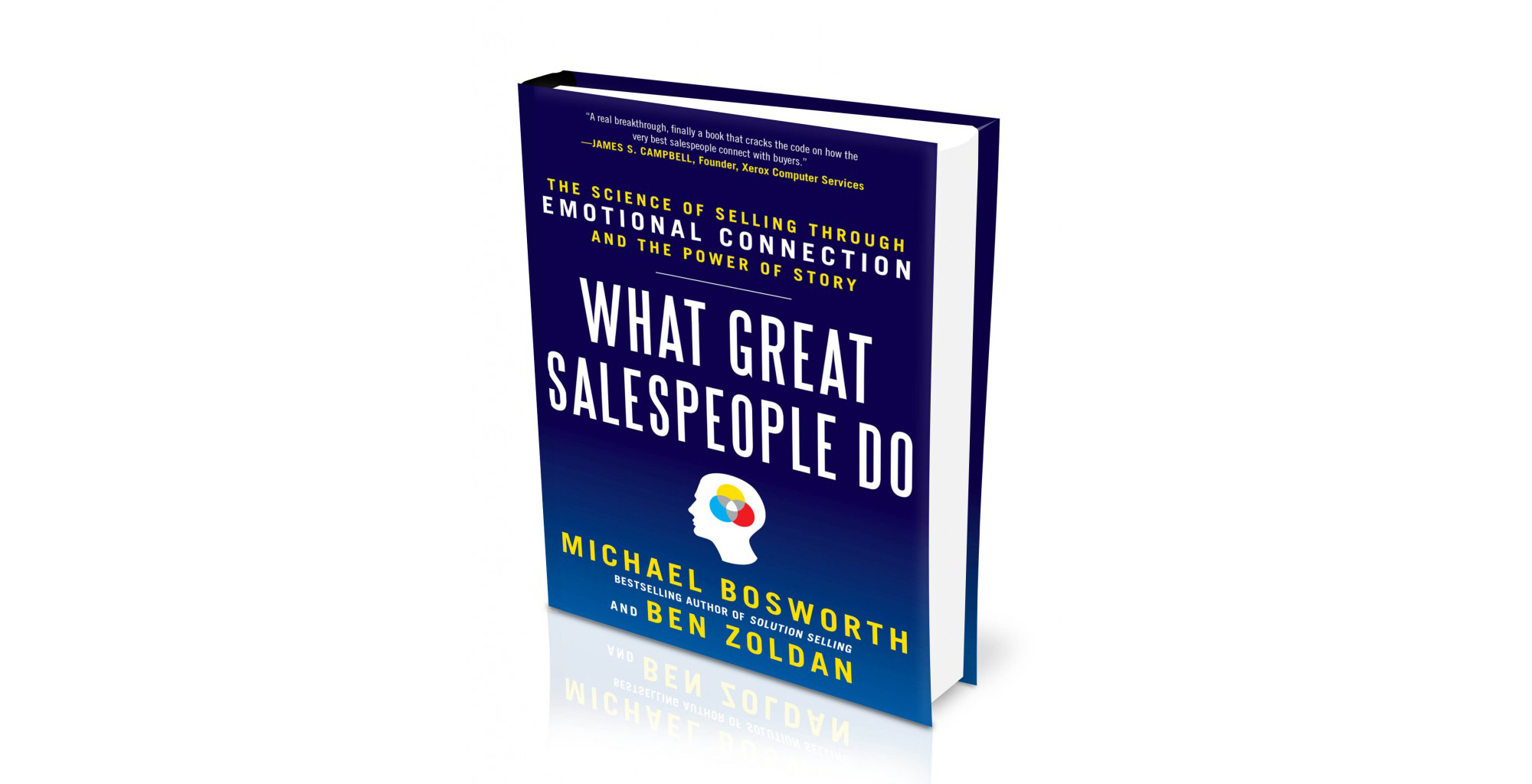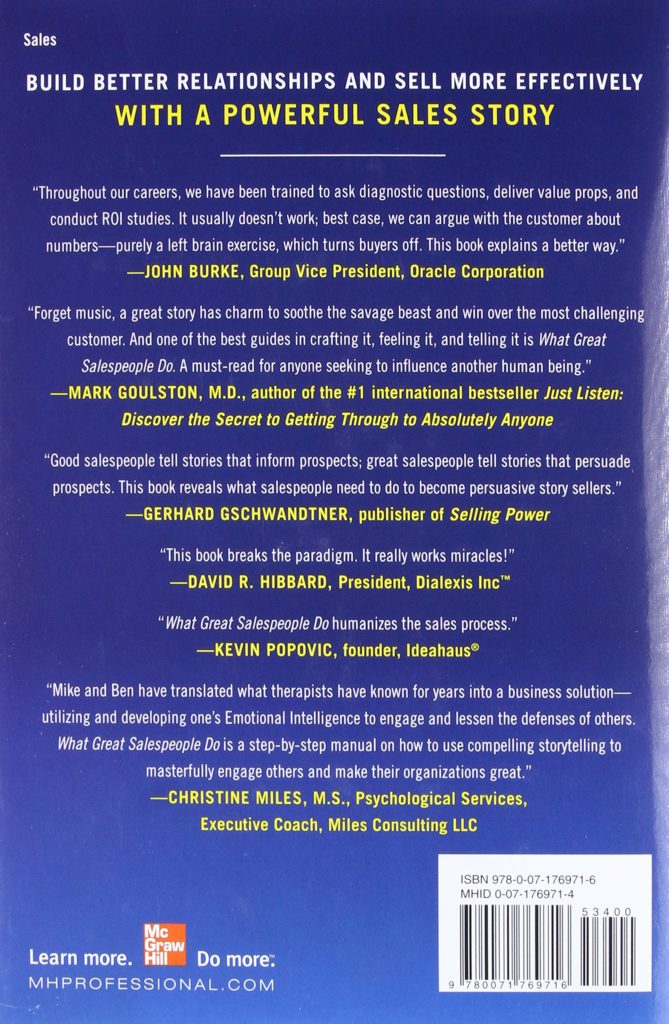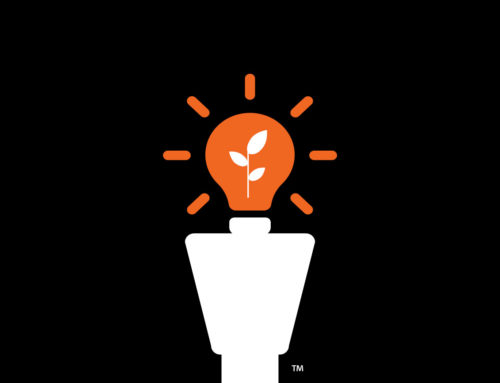Sharing Stories That Sell: Understanding What Great Salespeople Do
The Idea Guy • April 26, 2016
A review on Mike Bosworth & Ben Zoldan’s book exploring “the science of selling through emotional connection and the power of story.”
Disclaimer: Mike Bosworth has been my sales coach since I met him at surf camp and has become a good friend. I’ve coached for Solution Selling, used the strategies at my own company, and participated in one of the first Beta workshop for Storyleaders. That being said, I think I get a better understanding of the material because I know Mike Bosworth, and I know what he means when he says something. And although I’ve only met Ben Zoldan a few times including the workshop, his writing style and voice he contributes to their book makes us seem like we been friends for years.
To write my review I decided I would use the methodology from What Great Salespeople Do. I thought I should see how it works – if it works – and how it fit with the way I like to communicate. The colors and notes (in parentheses) throughout refer to the teachings in the book. They make a little more sense after you’ve read it.
Yellow (point I want to make): “What Great Salespeople Do” humanizes the sales process.
Learning from sciences, and from their previous success in Solution Selling, Mike and Ben takes the sometimes very impersonal business of sales and reminds us that it’s still people communicating with other people.
As a sales process should, this book provides a framework and a process; something comes first, something comes next, and this is how you use it to sell your product or service.
What it does different is help the reader understand how people communicate, how they can present themselves to connect with other people, and how to communicate better to the people their selling to.
Side Note: Everyone is selling something – even nonprofits. You’re selling a concept, or an ideal, or an opportunity to join others for a cause. In order to create engagement you have to get people to “buy in” to your thinking and purpose.
Green (where should the story start): Mike offered me an advance look of,“What Great Salespeople Do” and asked if I would be interested in providing a quote of what I thought for the back cover. Admittedly, I was very honored that he would ask me. Mike’s been a mentor to me for years, we’ve talked about my work in communications, and we’ve even presented together, but now he was asking me for a quote for his book? To me, this was kind of a big deal.
White (complication): I never wrote a quote for a book’s back cover before. I’ve written everything else; ad copy, press releases, radio and TV scripts, academic articles – even my own book – but never a book quote.
Knowing the company Mike keeps, I would expect there would be a lot of big names back there with me, and I was a bit intimidated. Obviously, this would reflect on me professionally, but I also didn’t want to let my friend down.
Whatever I was going to write I knew I could only begin to figure it out after I read the book.
Blue (turning point – how did things change?): I added the book to my iPad. plugged in my headphones, and opened Pandora to play the classical station I created for those times I didn’t want any other words to distract me.
I started reading the book, with my expectations in place (I’ve read a lot of sales books before, especially Mike’s). What I found was this wasn’t a sales book. At least, not like I’ve read before. And I found that Mike learned a lot about people, especially himself, and how everyday people connect every day.
I immediately connected to the material: it’s about communications, how people connect physiologically, and most importantly, about what to say and how to say it. As a Communications expert, this is what I work with everyday.
Most importantly, I saw the applications to so many of my own challenges: trying to sell my services. I quickly saw a different way to say what I had been trying to say for so long. I learned how to say what was important to my prospect and clients, not how it was important to me. In the past, I had wanted them to know so much about what we could do I forgot to tell them how we could help them (in a way that made sense to them).
I also see so many applications, not just sales.
I was relieved that I saw so much in What Great Salespeople Do that I know felt it would be easy to write something that meant something to someone who would read my quote. Now, this all made sense to me.
Red (identify the end of the story): I’m excited for the release of the book. Not only for my friend, but for my clients and colleagues who have been struggling with how to create sales for their companies without giving up who they are in the process.
I highly recommend you look for “What Great Salespeople Do: The Science of Selling through Emotional Connection and the Power of Story” from McGraw-Hill. (Excited) Visit the Storyleaders web site to learn more.






